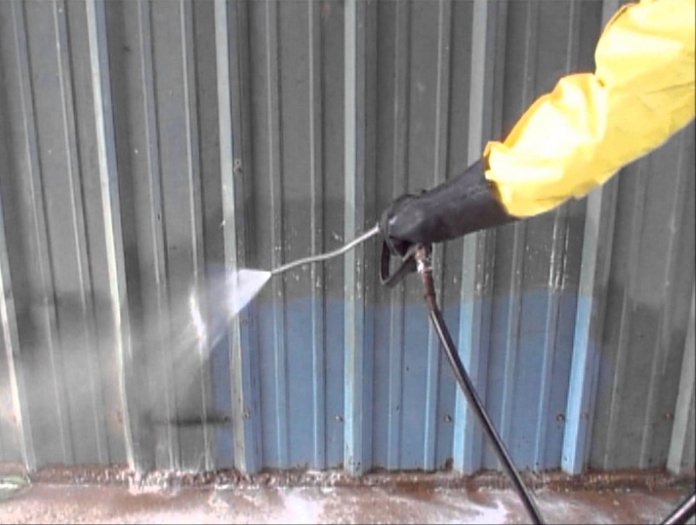Condensation Problems with your Metal Building? Here are some Tips You Must Read.
Metal buildings are safe from termites and rot, but excessive moisture can still damage them. This is due to condensation, which is created by damp insulation in a steel building and promotes mildew and mold growth. This makes the interior of the building smells musty and leads to asthma and allergy problems. The problem with wet insulation is that if it is in constant contact with a metal surface, it will lead to corrosion and the fasteners and panels will start collecting rust.
What causes condensation in metal buildings?
To prevent condensation in metal buildings, it is important that you learn why and how condensation takes place in metal structures. There are two main reasons for condensation to form:
1. The air must be moist
If the humidity level in the air is extremely high, it will increase the chances of condensation, because the interior of metal buildings is designed to withstand the humidity of about 30% to 50%.
2. The difference in temperature between the air and the surface
Warmer air will hold more moisture than cold air, and metal buildings in chilly weather will have very cold walls. When the warm air gets inside the building and hits the cold surface, it gets chilled and creates condensation on the metal.
However, there are different ways you can prevent condensation from occurring in metal buildings.
These include:
- Reducing humidity inside the building, by getting proper ventilation.
- Ensuring the air inside the building doesn’t meet with the cold metal roof and walls.
Here, at Keen’s Buildings, we want to ensure that everyone learns about the best ways to prevent condensation in metal buildings:
1. Install vapor barriers
Vapor barriers are great at protecting metal buildings from condensation. These barriers are great for keeping moisture outside the building, and the best way to work with vapor barriers is to seal the building tightly. This keeps moisture out, and vapor barriers act as radiant heat barriers, which will address humidity and temperature differential together. All side/end laps, foundation sills, doors, and windows should be sealed with vapor barriers to keep moisture out.
2. Use continuous insulation
You must get proper insulation that regulates the temperature inside the building. This keeps the interior temperature stable, whether it is day or night, and limits the amount of dew that is on the surface of metal buildings. Continuous insulation stops moisture-laden air from reach the interior of the building and therefore stops condensation from happening.
3. Look for condensation troubles up above
Make sure that the insulation underneath the roof isn’t coming in contact with the metal because this is one place where hidden condensation can take place. Moisture seeping in and roof leaks can lead to condensation because moisture buildup promotes condensation.
4. Prevent water seeping from below
Moisture can seep up from the ground as well, but you can prevent that by using drainage materials, crushed rock, or gravel under the concrete slabs. This prevents condensation around the base of the structure. You should also ensure that roof runoff water and other sources of water drain away from the metal building to prevent condensation from below.
With 5 Locations to serve you, we invite you to contact your nearest location for any additional questions. Find the location nearest you https://www.keensbuildings.net/choose-your-keens-location/




